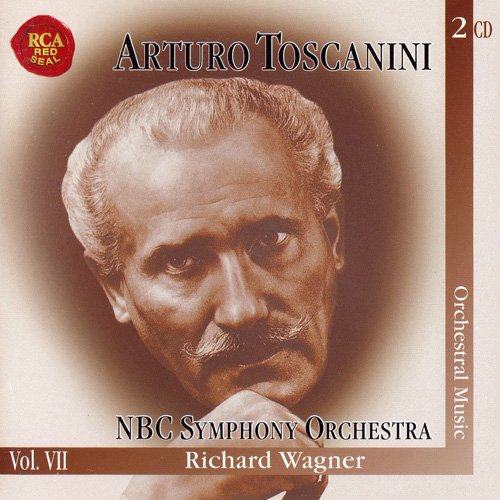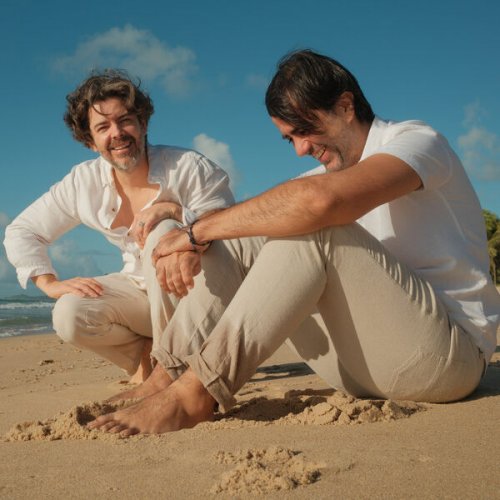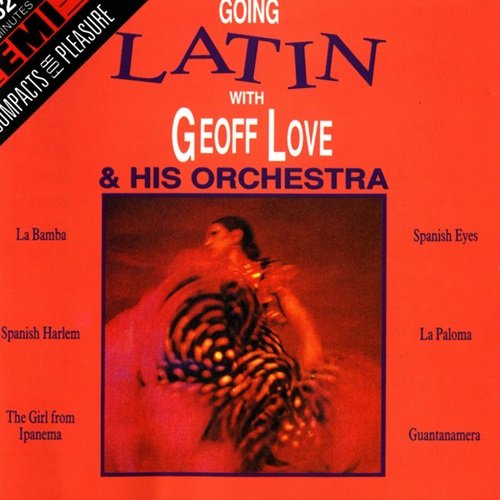NBC Symphony Orchestra & Arturo Toscanini - Richard Wagner: Orchestral Music Vol. 7 (1999)

Artist: NBC Symphony Orchestra, Arturo Toscanini
Title: Richard Wagner: Orchestral Music Vol. 7
Year Of Release: 1999
Label: RCA
Genre: Classical
Quality: FLAC (image + .cue, log, artwork)
Total Time: 02:23:15
Total Size: 761 MB
WebSite: Album Preview
Tracklist:Title: Richard Wagner: Orchestral Music Vol. 7
Year Of Release: 1999
Label: RCA
Genre: Classical
Quality: FLAC (image + .cue, log, artwork)
Total Time: 02:23:15
Total Size: 761 MB
WebSite: Album Preview
CD 1
01] Die Walkure: Walkurenritt
02] Siegfried: Waldweben
03] Gotterdammerung: Morgendammerung und Siegfrieds Rheinfahrt
04] Siegfrieds Tod und Trauermarsch
05] Siegfried-Idyll
06] Tristan und Isolde: Vorspiel und Liebestod
CD 2
01] Die Meistersinger von Nurnberg: Vorspiel 3. Akt
02] Parsifal: Vorspiel 1. Akt
03] Karfreitagszauber
04] Lohengrin: Vorspiel 1. Akt
05] Vorspiel 3. Akt
06] Tannhauser: Ouverture und Bacchanale
The NBC Symphony Orchestra was one of the world's fabled orchestras. David Sarnoff, chairman of RCA which owned both RCAVictor Records and NBC radio -- offered conductor Arturo Toscanini a specially-built orchestra of the highest standards.
Offering the highest salaries of any orchestra and a 52-week contract, NBC attracted top orchestral musicians: 21 of them were former section leaders of other orchestras. Artur Rodzinski molded them into a precision ensemble and Rodzinski led its first concerts. The orchestra took the air under Toscanini on Christmas day, 1937.
It was immediately ranked as one of the world's great orchestras, famous for its precise, lean sound, even though the players had to do routine radio work in addition to symphony concerts. For 17 years it was conducted by many leading world-class conductors; Leopold Stokowski was its co-conductor from 1941 to 1944. It made numerous classic recordings for RCA, sometimes recording as the "RCA Victor Symphony," including the famous recording of Richard Rodgers' Victory at Sea.
The orchestra had many distinguished alumni: violist William Primrose; violinist Josef Gingold; cellists Naoum Benditzky (of the Gordon Quartet) and Alan Shulman (Stuyvesant Quartet); and future conductors Milton Katims and Frank Brieff, to name just a few. Soloists who recorded with the orchestra included Marian Anderson, Vladimir Horowitz, Jascha Heifetz, and Artur Rubinstein. Some of these recordings, and a few complete opera recordings, were conducted by Fritz Reiner.
Toscanini retired after his April 4, 1954, concert. NBC laid the orchestra off, but it refused to die. Most of its members (with a few new players) reassembled as the Symphony of the Air, which went on to its own distinguished, if brief, renown.
Offering the highest salaries of any orchestra and a 52-week contract, NBC attracted top orchestral musicians: 21 of them were former section leaders of other orchestras. Artur Rodzinski molded them into a precision ensemble and Rodzinski led its first concerts. The orchestra took the air under Toscanini on Christmas day, 1937.
It was immediately ranked as one of the world's great orchestras, famous for its precise, lean sound, even though the players had to do routine radio work in addition to symphony concerts. For 17 years it was conducted by many leading world-class conductors; Leopold Stokowski was its co-conductor from 1941 to 1944. It made numerous classic recordings for RCA, sometimes recording as the "RCA Victor Symphony," including the famous recording of Richard Rodgers' Victory at Sea.
The orchestra had many distinguished alumni: violist William Primrose; violinist Josef Gingold; cellists Naoum Benditzky (of the Gordon Quartet) and Alan Shulman (Stuyvesant Quartet); and future conductors Milton Katims and Frank Brieff, to name just a few. Soloists who recorded with the orchestra included Marian Anderson, Vladimir Horowitz, Jascha Heifetz, and Artur Rubinstein. Some of these recordings, and a few complete opera recordings, were conducted by Fritz Reiner.
Toscanini retired after his April 4, 1954, concert. NBC laid the orchestra off, but it refused to die. Most of its members (with a few new players) reassembled as the Symphony of the Air, which went on to its own distinguished, if brief, renown.

![Nana Vasconcelos - Saudades (1980/2025) [Hi-Res] Nana Vasconcelos - Saudades (1980/2025) [Hi-Res]](https://www.dibpic.com/uploads/posts/2025-12/1766056483_cover.jpg)




![Tomasz Stańko - Piece for Diana and Other Ballads (Polish Radio Sessions vol. 1/6) (2025) [Hi-Res] Tomasz Stańko - Piece for Diana and Other Ballads (Polish Radio Sessions vol. 1/6) (2025) [Hi-Res]](https://www.dibpic.com/uploads/posts/2025-12/1765788761_cover.jpg)

